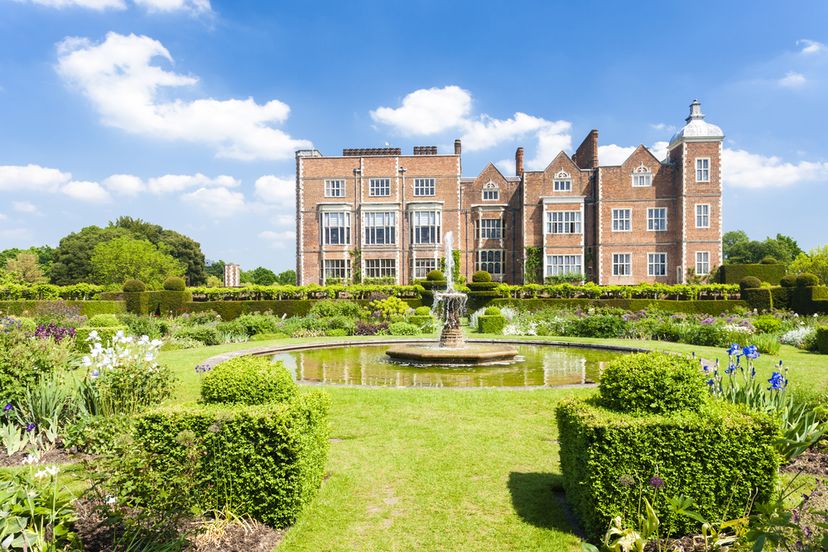
The powerful and controversial Tudor Dynasty has been the subject of popular culture for generations. From the scandal-ridden marriages of Henry VIII to the glorious rule of Elizabeth I, historians and culture buffs alike can’t seem to get enough of the famous bloodline. Along those lines, all kinds of Tudor-inspired tours and sightseeing packages have cropped up in England over the past couple of years, highlighting locations such as The Tower of London, Whitehall Palace and Hampton Court Palace. While the incredible significance of these places to the Tudor era is indisputable, for those looking to add a few off the beaten path locations to their next British Tudor tour, here are six lesser known Tudor sites that are worth visiting in England.
Advertisement
6. Thornbury Castle, Gloucestershire
Now a luxury hotel, the castle was built in the early 1500s for the Duke of Buckingham, Edward Stafford. Unfortunately, the intended owner never saw his home complete because he was arrested and executed on the orders of Henry VIII before the end of construction. The castle is a stunning example to Tudor architecture and décor, with magnificent battlements, chimneys and grounds complete with various gardens and an expansive vineyard. The property’s strongest link to the Tudor Dynasty lies in its 10 day use by Henry VIII and Anne Boleyn on their honeymoon tour. Today, the castle is highly acclaimed event venue, containing several majestic halls, 26 unique bedchambers and a Michelin-starred restaurant.
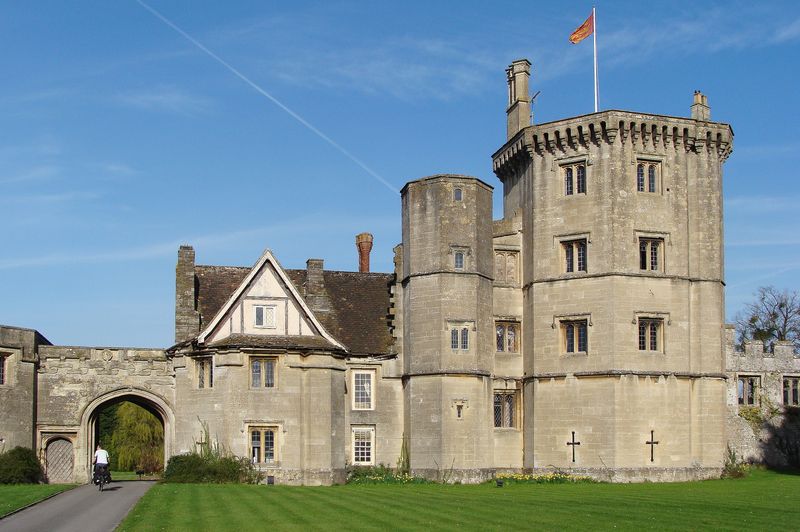
5. Penshurst Place, Kent
This 500-acre property located about 32 miles southeast of London has a very detailed history with the Tudors. Confiscated from then owner Edward Stafford in 1521, evidence suggests that the manor was used by Henry VIII as a hunting lodge, until it was transferred to Anne of Cleves in their divorce settlement. The estate was later gifted by Edward VI to his steward and tutor, Sir William Sidney, and remains under the Sidney family stewardship, but now as a premier hotel and special events venue.
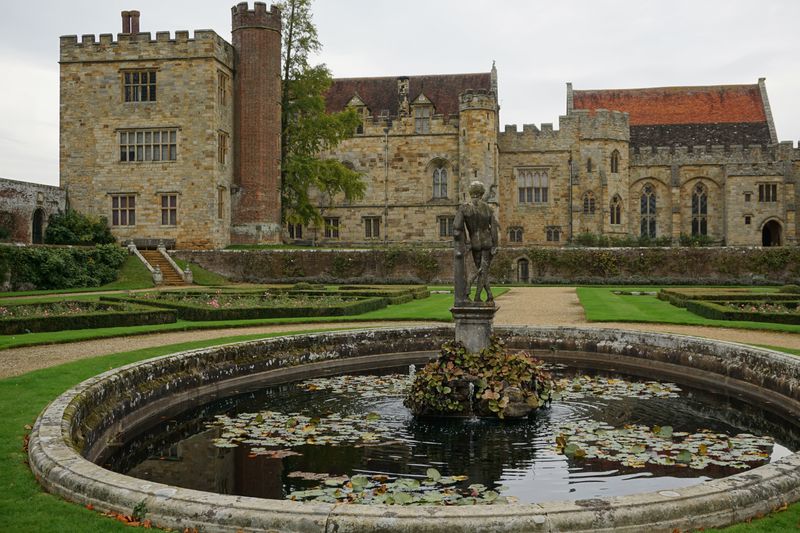
4. The Vyne, Hampshire
Now carefully managed and maintained by the National Trust, the Vyne is located in Sherborne Saint John, Hampshire, and was the home of Lord Sandys, King Henry the VIII’s Lord Chamberlain. Both the monarch and Anne Boleyn visited the property in the early 1530s, and a visit there today will reveal the stunning rooms and waterside grounds enjoyed by these notable guests. The house also features renaissance stained-glass windows in the Tudor-style chapel, intricate woodwork, and a magnificent Oak Gallery. The 13 acre outdoor property is also well worth exploring, revealing a walled kitchen garden, various orchards and woodland trails that pass between ancient trees.
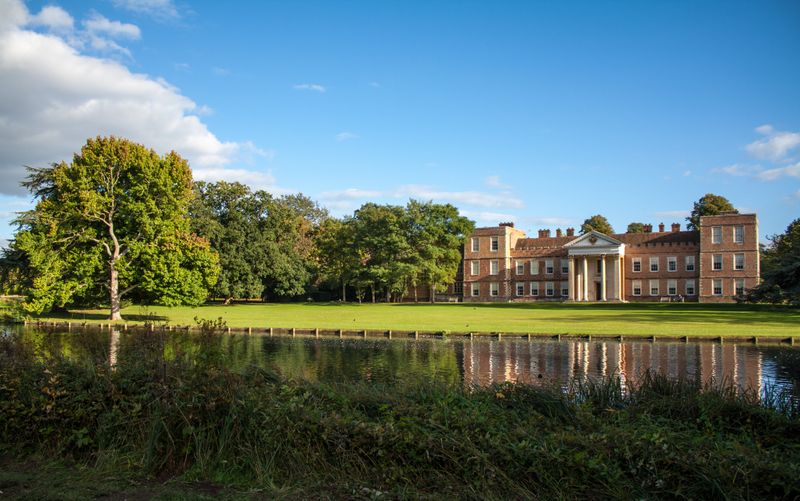
3. Hever Castle, Kent
This beautiful, moated 13th century castle is found in Hever, Kent and is located about 30 miles away from London. The property owes much of its notoriety to the fact that it was the childhood home of Anne Boleyn, and today, much of the building is dedicated to exhibits of her life, as well as various other Tudor era artifacts. For a £16 admission fee, visitors can wander the halls of the elaborately decorated castle, and check out 2 of Anne’s prayer books (one of which is said to have been with her at the Tower of London), as well as one of the most important collections of Tudor Portraits outside of the National Portrait Gallery. Also worth seeing at the castle are the exhibits of armor, torture devices and costumed figurines detailing Anne’s life at the property. Outside, visitors can explore the 125 acres of breathtaking grounds, featuring a Pompeian wall, the Rose and Tudor gardens and a number of picturesque trails, fountains and grottos.
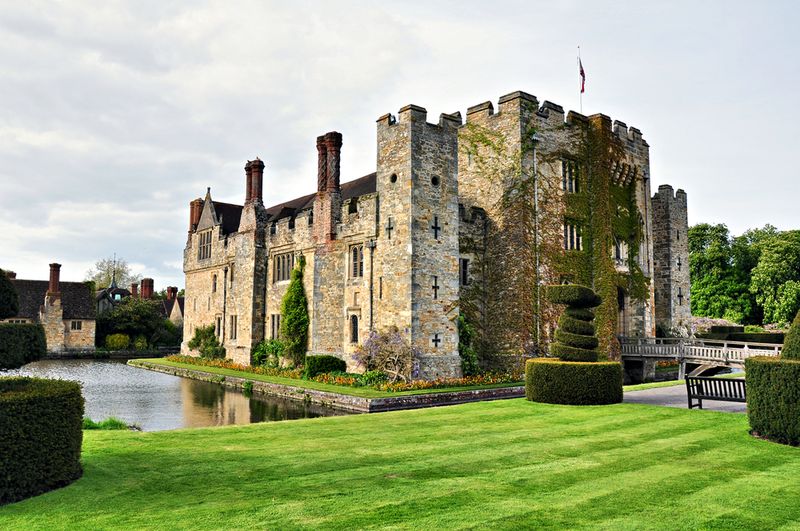
Advertisement
2. Old Hatfield Palace, Hertfordshire
Old Hatfield Palace, now found in ruins on the estate of the 17th century Jacobean manor called Hatfield House, was the childhood home of Elizabeth and her siblings. Constantly finding herself confined to the estate (apparently because she reminded her father too much of Anne Boleyn) Elizabeth was often the mistress of her own household amid a slew of servants, tutors, nurses and courtiers. Though all that remains of the Old Palace is the banqueting hall, the site is still worth a visit to physically stand on the grounds that have seen so much history. Additionally, in the nearby Hatfield Gardens, visitors can check out the oak tree that commemorates the location where Elizabeth learned of her accession to the throne on the 17th of November, 1558.
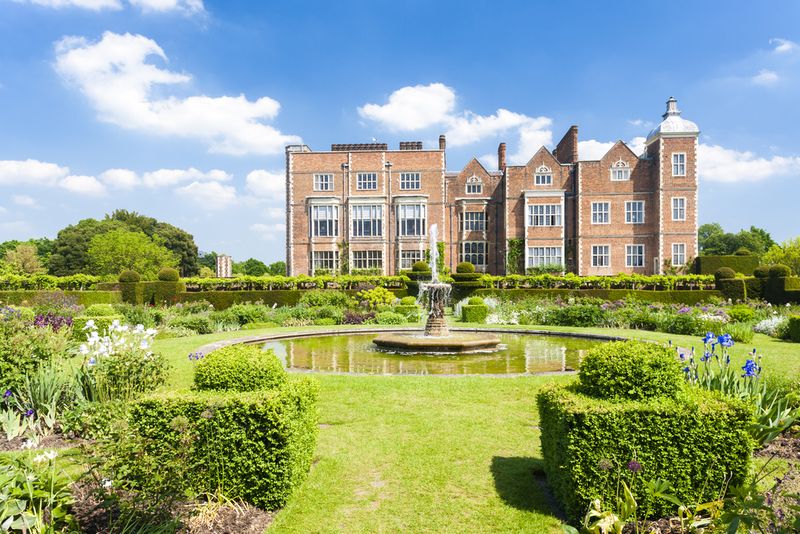
1. Bosworth Field and Visitor Center, Warwickshire
This historic battlefield is significant not only to the Tudor Dynasty, but to the whole of English history. It is on this site that, in 1845, the historic Battle of Bosworth marked the end of the War of the Roses, and resulted in the rise of Henry Tudor as Henry VII of England. The site is now a heritage center dedicated to providing information about the dueling houses, as well as being an extremely popular tourist site that offers not only a number of exhibits but also an awesome yearly battle re-enactment weekend. The center also provides a variety of related events for visitors, including guided walks of the property and tours of the neighboring town.

Advertisement